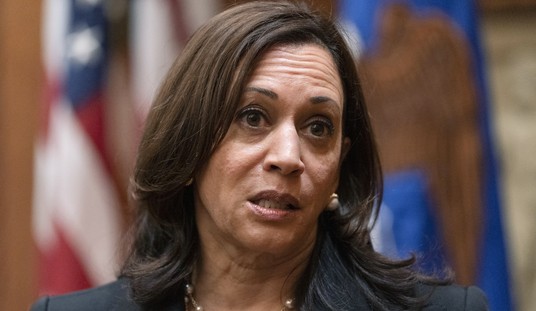We are used to flag-waving in this country, but we have moved to Constitution-waving as well. Small reprints often inhabit the jacket pockets of men and pocketbooks of women. My desk holds a 3.5-inch by 5-inch copy of the Declaration of Independence and the Constitution of the United States.
Some might view this as a bit much, but not I. These two documents represent the creating document and the operating manual for our federal government. It is useful that they be readily accessible and easily referenced.
When eight Republican presidential candidates met this past Monday night for the CNN/Tea party debate in Tampa, Fla., they invoked the words "Constitution" and "unconstitutional" 12 times. The top spot went to Rep. Michele Bachmann, who used the words five times (including in her close, where she mentioned she would take "a copy of the Declaration of Independence, the Constitution of the United States and the Bill of Rights," to the White House." FYI, the Bill of Rights is part of the Constitution).
The Constitution was not drafted overnight, nor was it our first attempt to govern ourselves as a new nation (that honor goes to the Articles of Confederation). The Constitution was approved by the delegates at the Philadelphia convention on Sept. 17, 1787, 12 years after the war had begun, 11 years after we declared our independence, four years after the end of the Revolutionary War and 224 years ago this week.
The background leading to the writing of the Constitution is worth reflecting on more than two centuries later for context and understanding of today's political debate.
Recommended
The Battle of Lexington and Concord, on April 19, 1775, marked the first battle of the American Revolutionary War. Slightly more than a year later, on July 4, 1776, we declared our independence from British rule. That Christmas, Gen. George Washington led the American forces across the Delaware and attacked the British forces at Trenton. Almost a year later, on Nov. 15, 1777, the Articles of Confederation were adopted by the Second Continental Congress.
The Articles of Confederation were our first attempt to set up a national government structure. This is where our name, "The United States of America," was introduced. There was no president or presiding national figure identified, there was no ability to tax on a national level, states could contribute whatever they wanted for "the common good." The national government would handle foreign diplomacy and declare war, but would rely on the states to raise a militia as needed.
"The national government established during the war under the Articles of Confederation accurately embodies the cardinal conviction of revolutionary-era republicanism. Namely, that no central authority empowered to coerce or discipline the citizenry was permissible," Joseph Ellis wrote in "Founding Brothers," "since it merely duplicated the monarchial and aristocratic principles that the American Revolution had been fought to escape."
The Treaty of Paris, signed in September of 1783, marked the official end of the Revolutionary War. With our focus changing from external struggles to internal operations (how the country would operate), it became evident that a new structure was needed for our country. In February 1787, the Continental Congress called for a convention of state delegates to change the Articles of Confederation.
The delegates met in Philadelphia, where George Washington was elected to preside over the convention. Before the convention, James Madison and Washington met with other Virginia delegates. They came up with a structure for government, the Virginia Plan, which would divide the federal government into three branches -- legislative, executive and judicial. The populations of the states would determine the number of legislators. Great for big states (i.e., Virginia) concerning for small states.
William Patterson from New Jersey also submitted a plan, the New Jersey Plan. It included the same three branches of government, but with the single legislative body where each state would have the same number of votes. Good for small states, concerning for big states.
A compromise led to our current structure, bicameralism. Two legislative bodies: one determined by population, the other with each state equally represented.
Soon after ratification of the Constitution, the first 10 amendments, known as the Bill of Rights, were added. Since then, 17 additional amendments have been passed.
As the 2012 presidential elections begin to heat up, it's important for all citizens to reflect and remember our heritage, and determine how it should be reflected in today's political arena.


